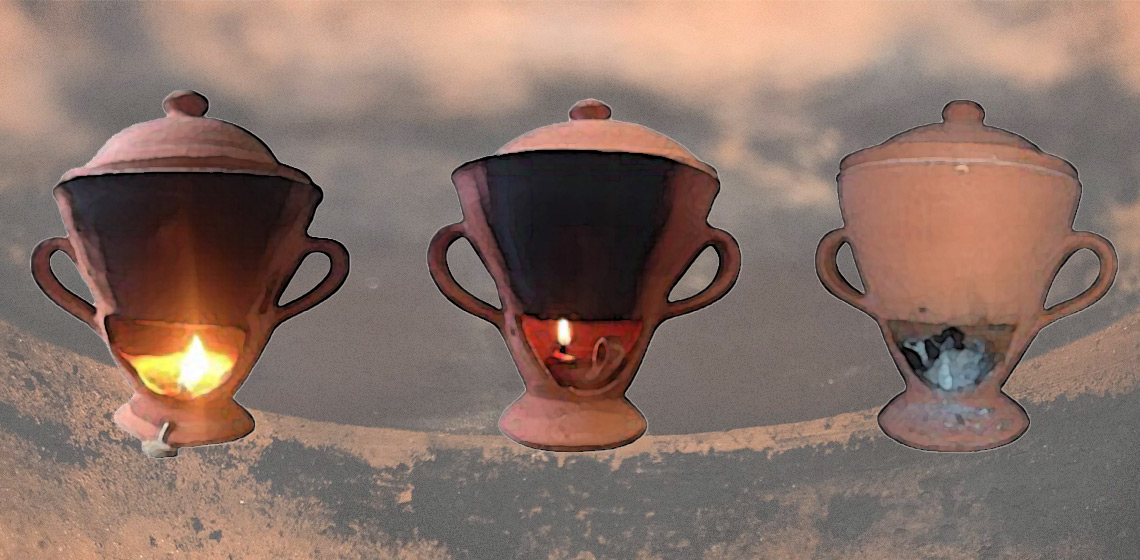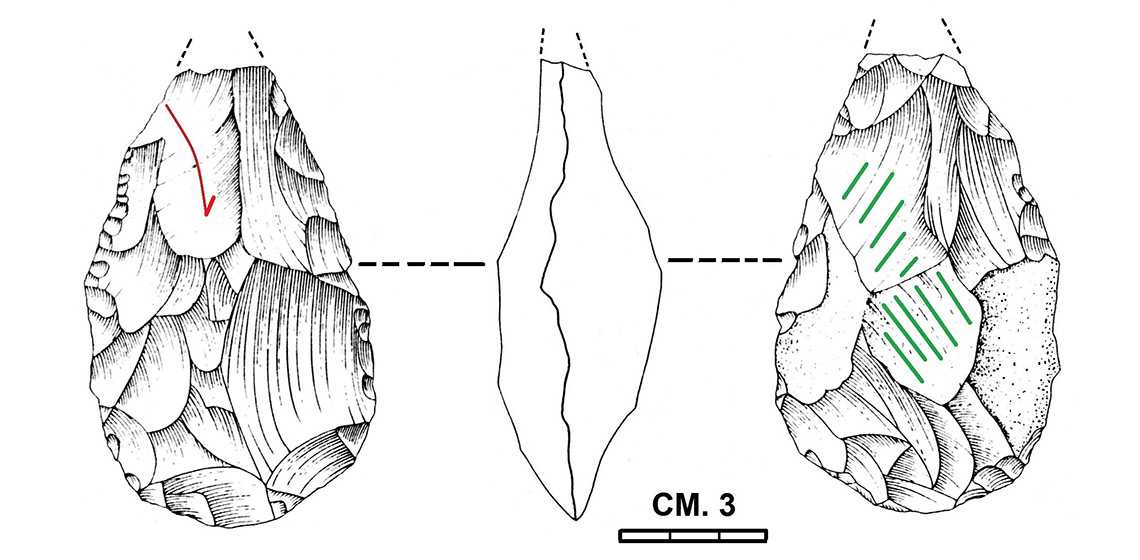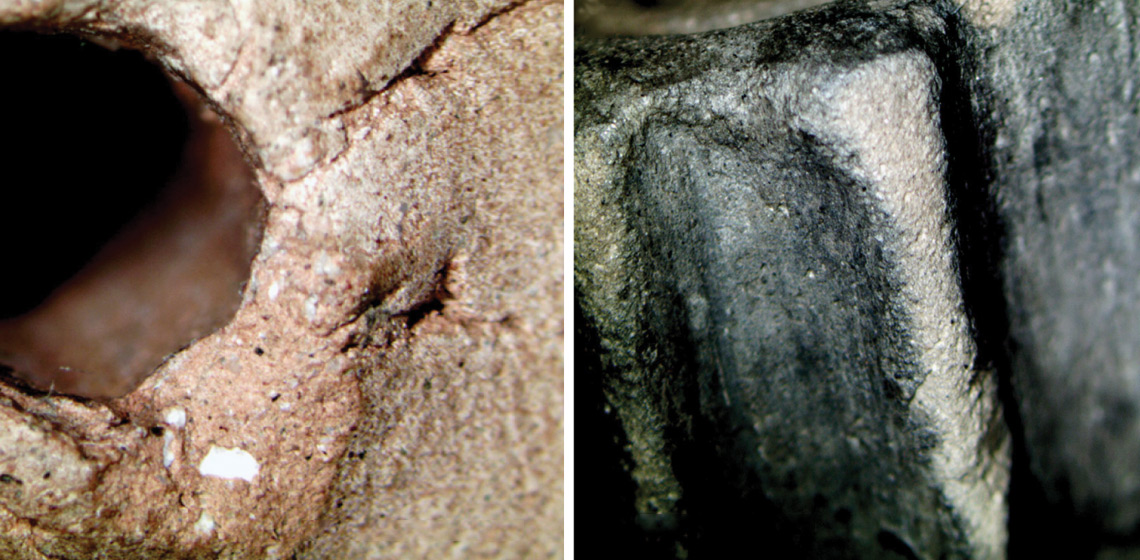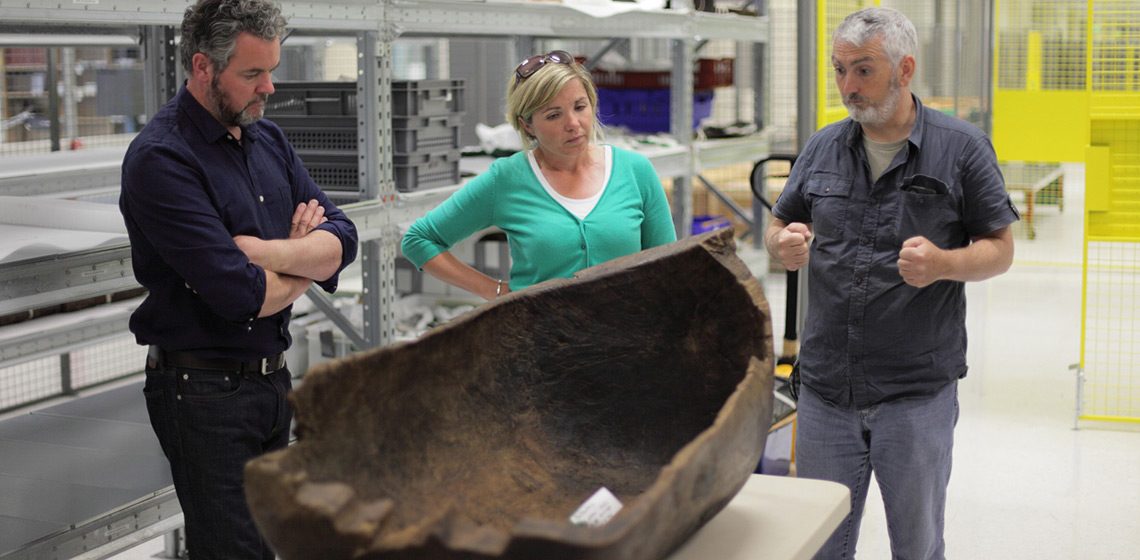The mission of the Albion Experimental Archaeology Studio (AEAS) is to provide a venue for experimental archaeology in the pyrotechnical crafts, teach and mentor students, and perform public outreach. Experimental archaeology is a fast-growing field that allows for a wide range of investigative techniques and research questions. From potting to smelting to stone-working, experiments yield a tremendous amount of information on manufacturing processes and technical knowledge of ancient peoples. The finished products may also be used in practical and experiential studies, from cutting hides with stone knives to recreating dining practices.
The founder of AEAS, Dr Mara Horowitz of Purchase College, SUNY, used experience from archaeological fieldwork and experimental archaeology in Neolithic, Chalcolithic, Bronze and Iron Age Cyprus and Turkey to establish a venue for experimental work in pyrotechnical craft s in the United States located on a 4.5 acre former farm. Based in Danbury, CT, (70km north of NYC and connected by train) the studio has both modern and traditional pottery technologies from a professional electric kiln and power wheel to a custom-made kick wheel, outdoor pit kiln and improvised updraft kilns.







